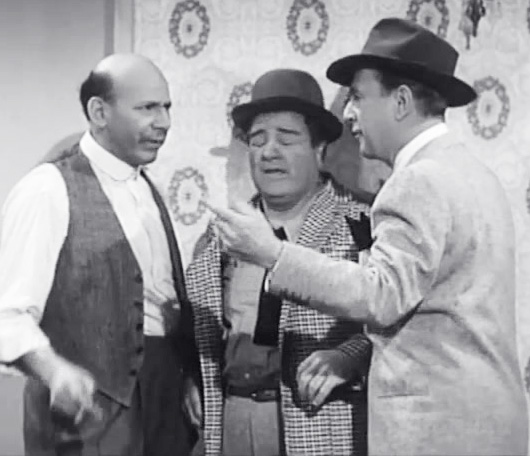Connecting “the dots” is a saying from the Analog Age. Recall how those dot puzzles entertained us as kids as well as taught us that objects could be hidden in plain sight until you connected the dots? Today, I’m playing connect the dots with our March Almanac.
March 1st: Roman Consul Claudius Marcellus was awarded a triumph for extending Italy to the Alps in 222 B.C. That achievement – a unified Italy from Sicily to the Alps – was never forgotten, even after Italy was fragmented by barbarian invasions. Poet Dante and scholar Machiavelli kept the dots alive until patriots Giuseppe Mazzini and Giuseppe Garibaldi reconnected them in the Risorgimento of 1860-1870.
March 2nd, 1818: Italian engineer Giovanni Belzoni was the first to enter an Egyptian pyramid setting in motion the field of Egyptology. Belzoni was preceded by Italo-Frenchman Napoleon Buonaparte, whose invasion of Egypt in 1798 included scholars who discovered the Rosetta Stone that deciphered ancient hieroglyphics.

March 4th, 1678: composer Antonio Vivaldi was born. The pioneer of Baroque music that ushered in what we now label Classical. His Four Seasons concerto in 1723 inspired acolytes Handel and Bach. We can connect the Vivaldi dots with later composers like Mozart, Beethoven, Haydn, and Salieri. Western music went from the church choral mode to the orchestral, bringing along the violin, cello and soon the harpsichord.
But, enough of the dry history!
On March 6th, 1908, comic genius Lou Costello was born Louis Cristillo. As half of the comedy team Abbott & Costello, I was surprised to learn that Lou’s comedic descendant is George Costanza, a character in the 1990s Seinfeld series, now in constant rerun.
You can connect the Costello dots by watching YouTube videos of interviews with Jerry Seinfeld. In fact, all of Jerry’s collaborators in creating the Seinfeld series cite the Abbott & Costello TV series (1953-54) as their lodestone. From the New York City apartment to the zany characters that bounced off one another, Abbott & Costello was the model. Jerry is a Jewish Bud Abbott.
Both series were about ‘nothing’ – just daily life and mundane problems. Jerry’s next-door neighbor, Cosmo Kramer, was inspired by Costello’s landlord Sidney Fields. Like Fields, Kramer intrudes daily on Jerry’s life – Fields was always looking for the rent money, Kramer is forever looking (and taking) stuff from Jerry’s refrigerator or cabinets.

Jerry’s ex-girlfriend Elaine was enlisted to copy Costello’s crush on fellow tenant Hillary Brooke. Other foil characters from the 1950s show like Mike the Cop, Baciagalupo, and Stinky found their way into Seinfeld characters like Poppie the Italian restauranteur or Jerry’s nemesis neighbor Newman. Manhattan was a den of weirdos for both series.
But to give Seinfeld his due, Jerry’s world is a Jewish one, unlike Costello’s. From his parents to his Uncle Leo and everyone popping up in the Florida episodes, it’s all marble rye and babka. Even George Costanza’s background is mixed. His mother is evidently Jewish but the only religion in George’s life is Festivus, that made-up holiday invented by wacky Costanza senior.
Like Lou Costello, George Costanza is always on the losing end despite his shifting philosophies (‘do the opposite’) and virtual realities (‘independent George’ vs ‘dating George’). But while George never has a victory, Costello had a few. Once Costello managed to cheat his landlord out of rent with deceptive arithmetic. Another time, during the famous “Who’s on First” routine, Costello successfully named the entire baseball team without understanding how he did it. George could only wish for such an accidental victory.
It’s good to know that connecting the dots can be so entertaining. -JLM

Recent Comments